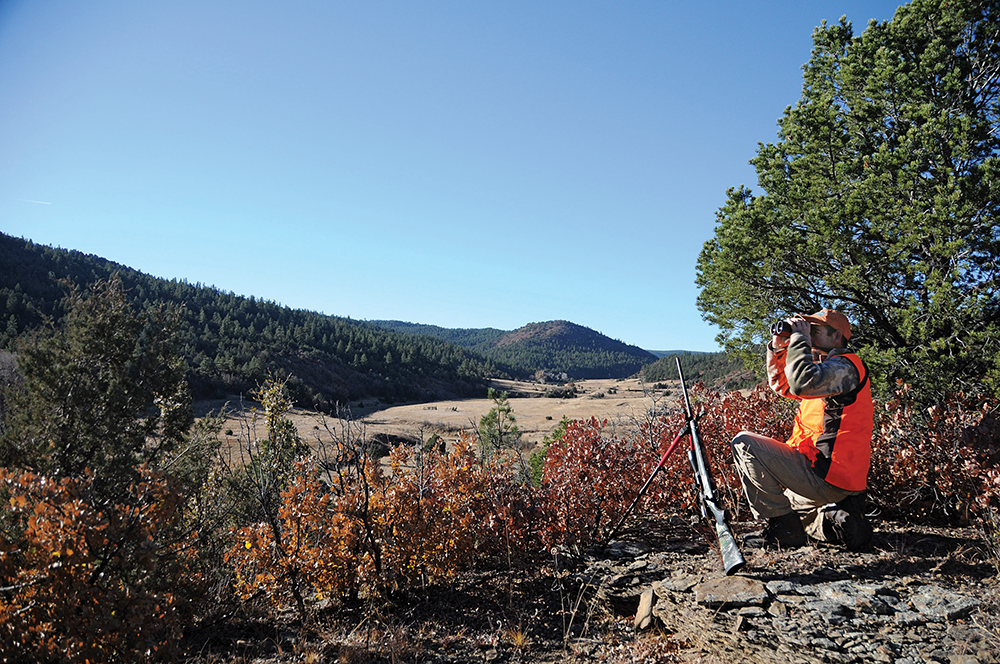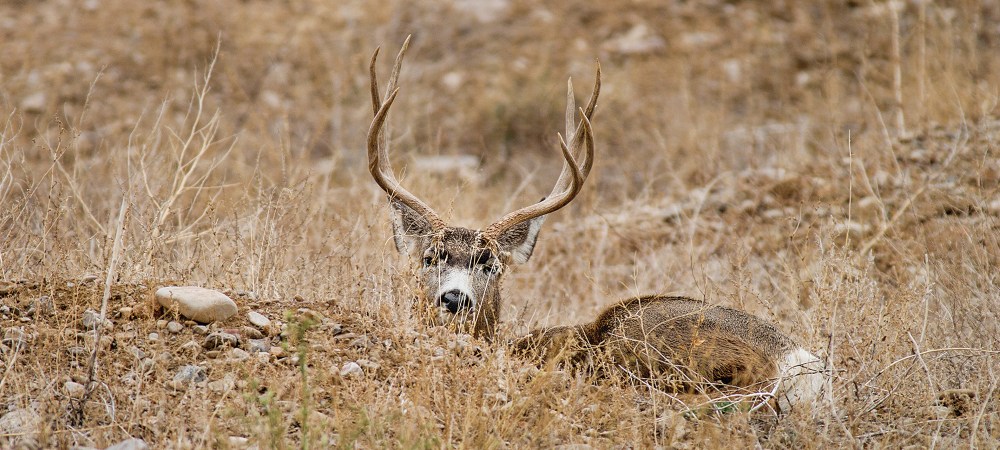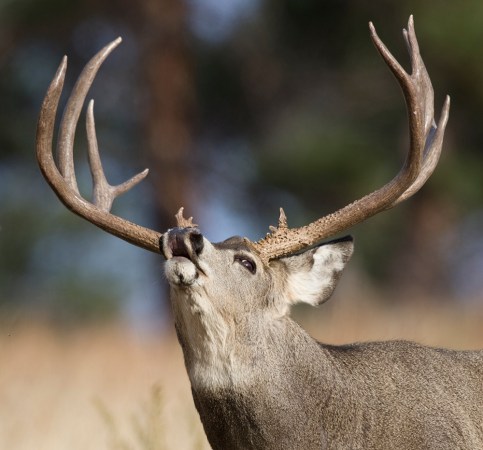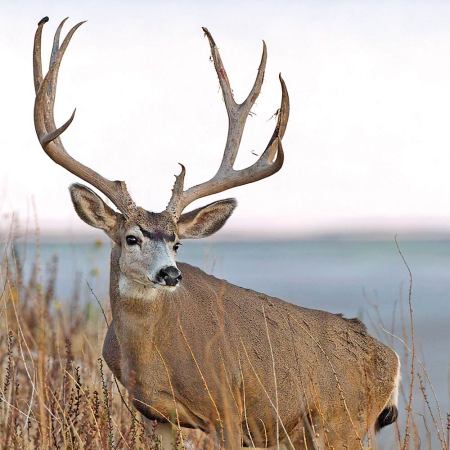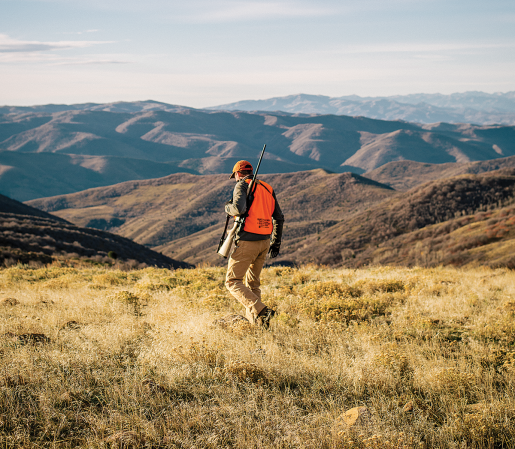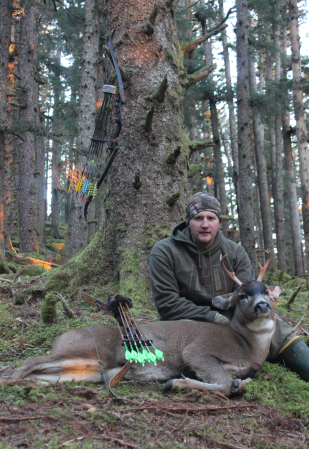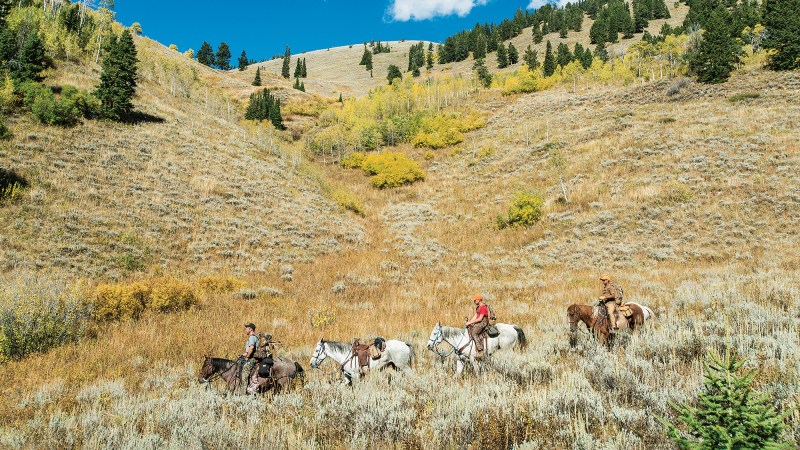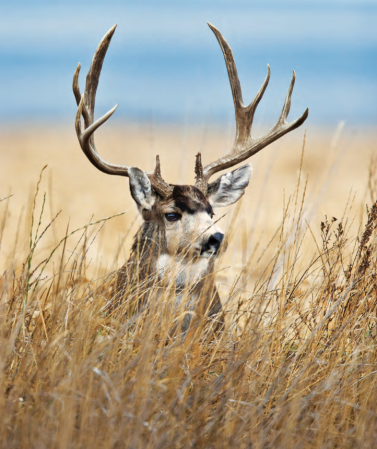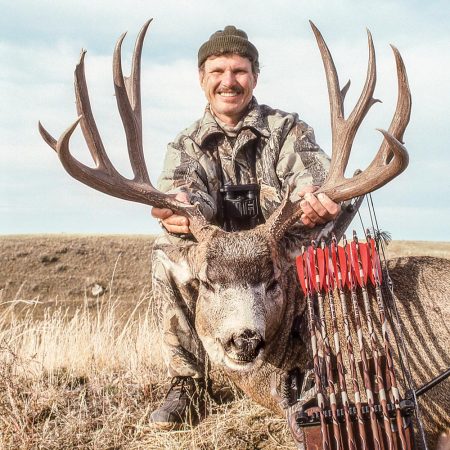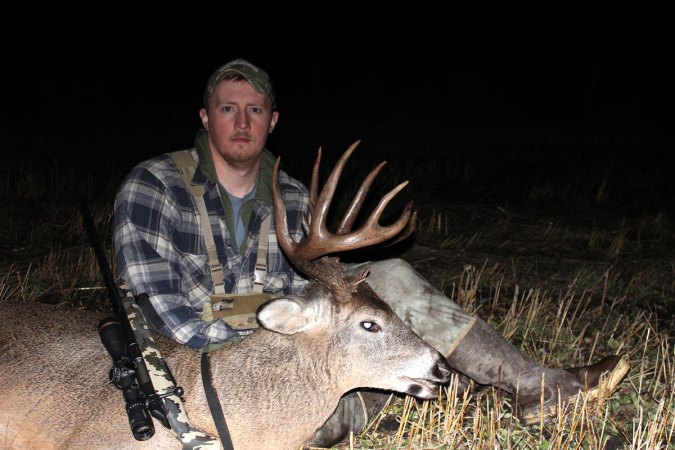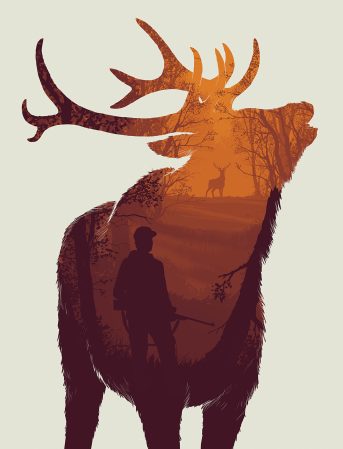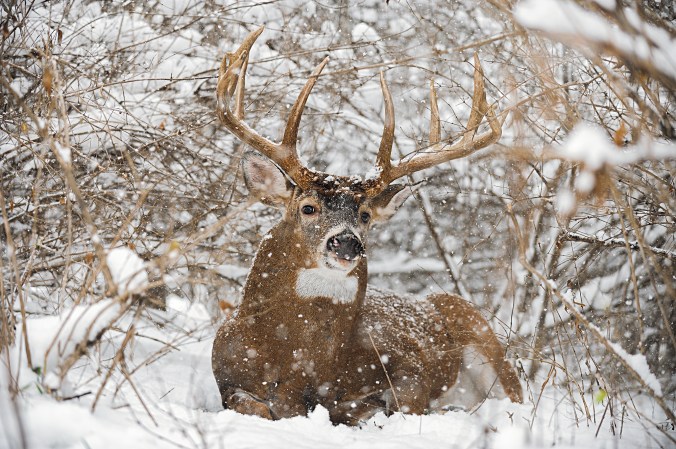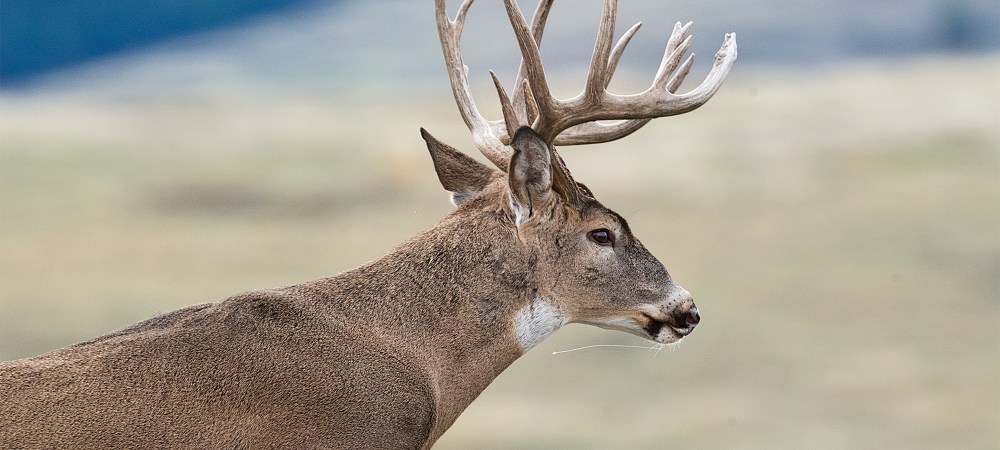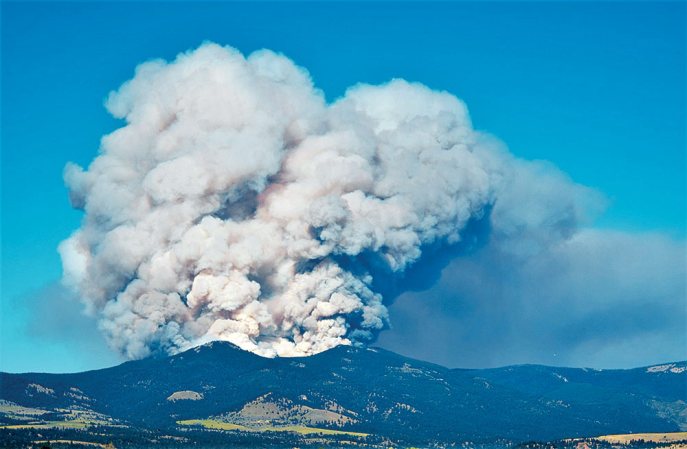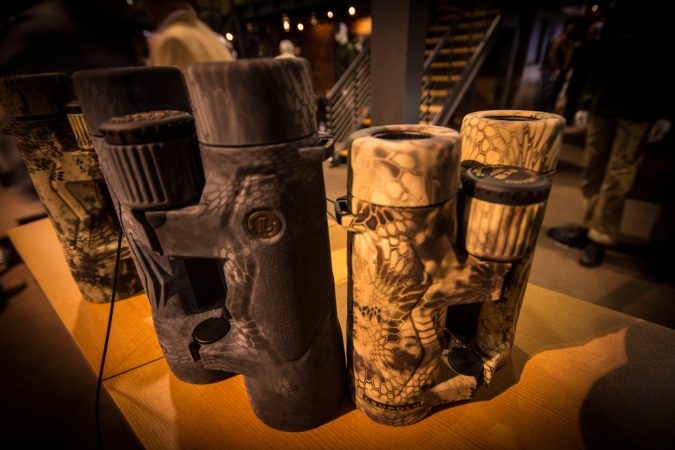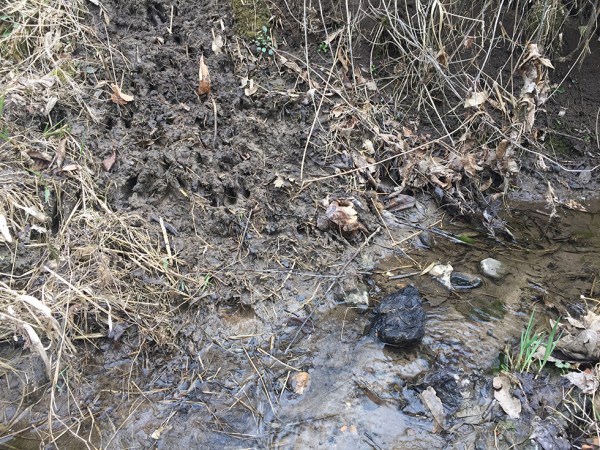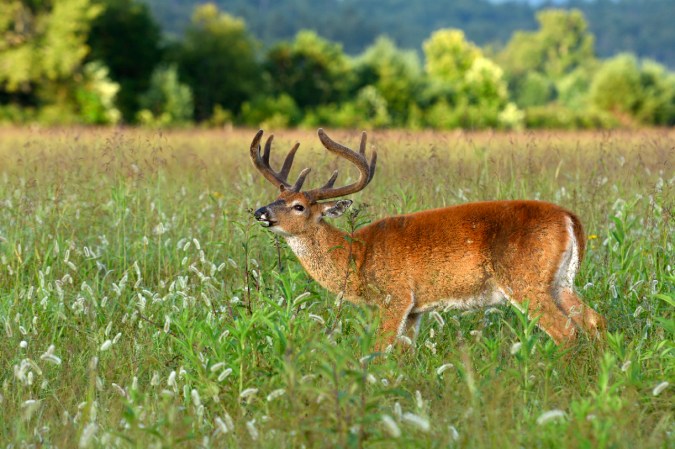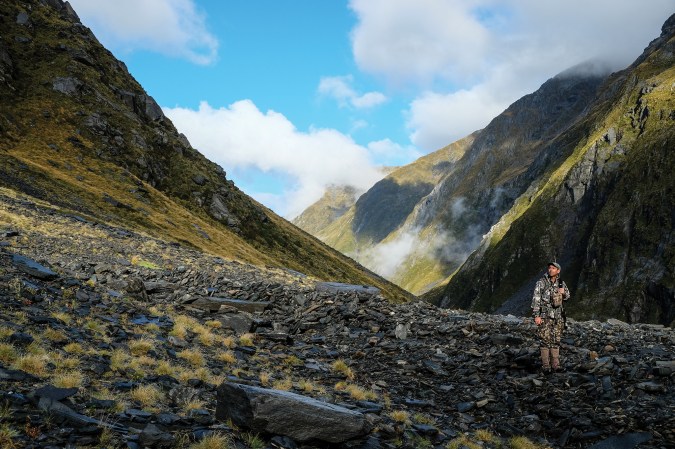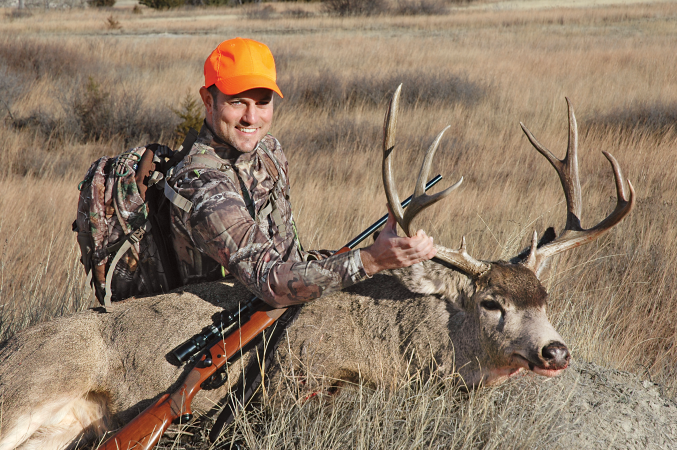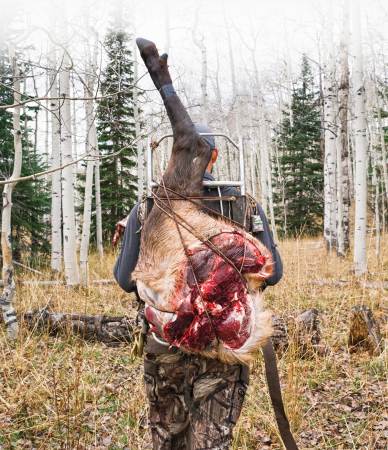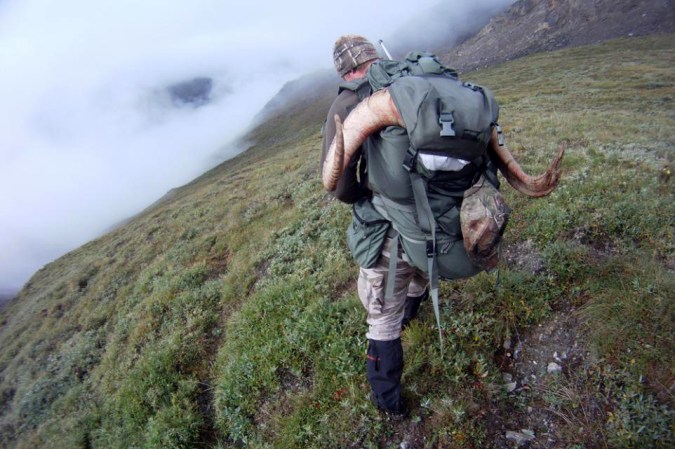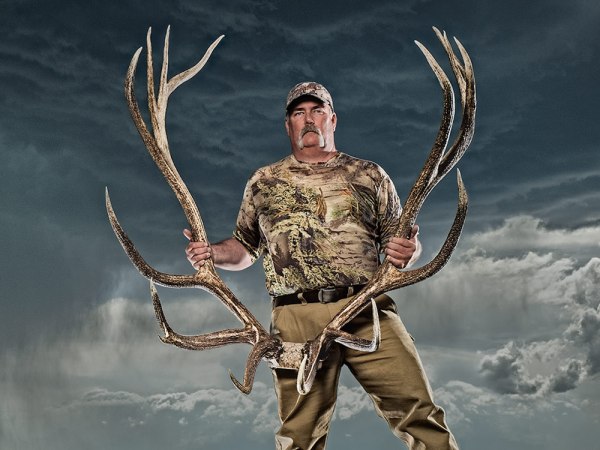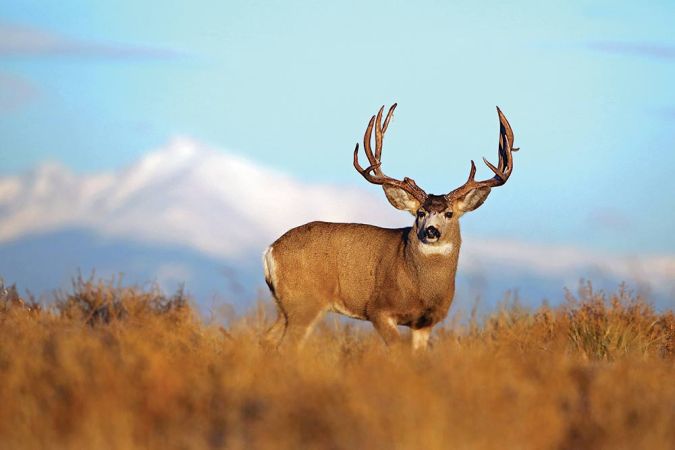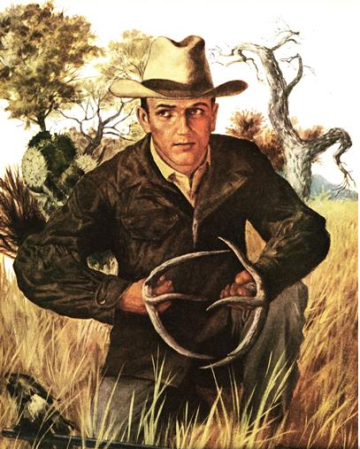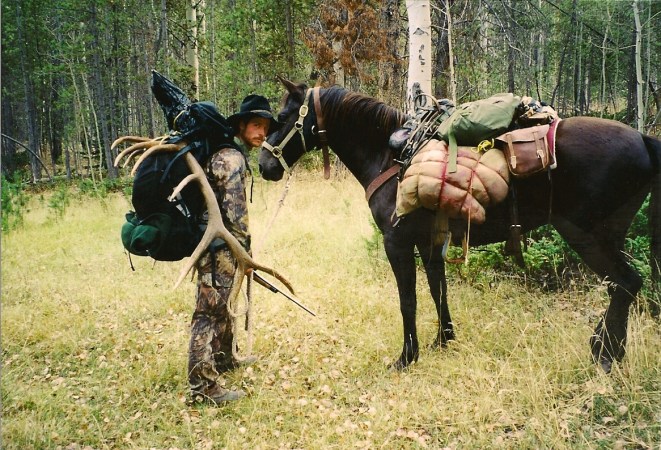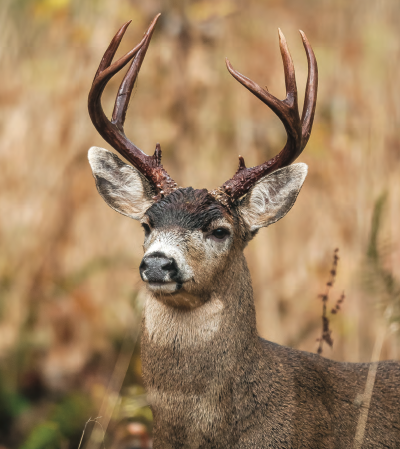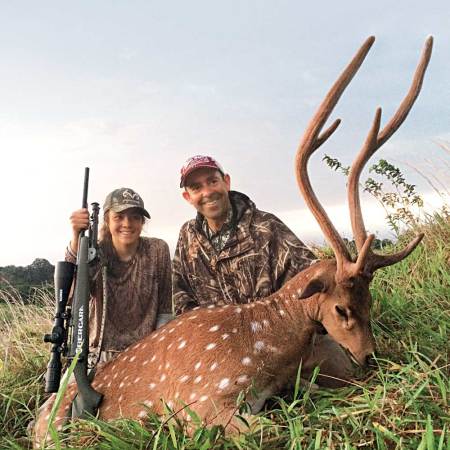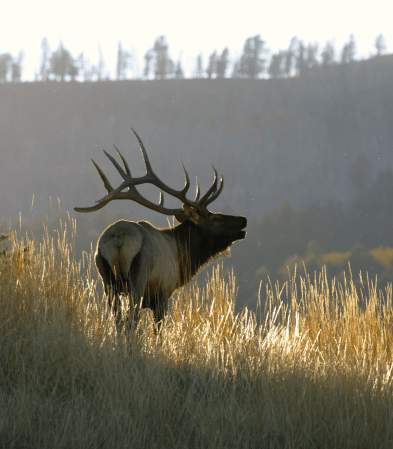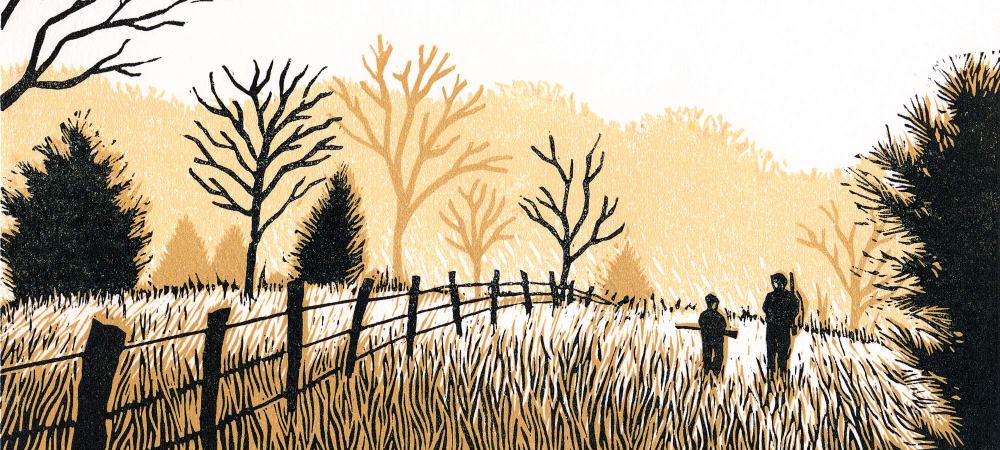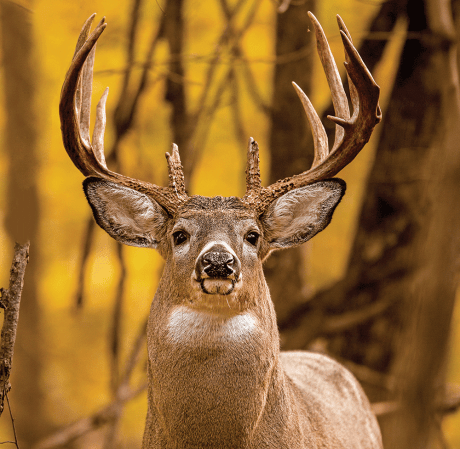In a sea of sage, grass, rocks, hills, gullies, draws, valleys, and washouts, any mule deer hunter worth his salt knows that locating a deer to stalk is the essential first step to a successful hunt.
To the uninitiated, the task appears simple: With all that open space, let’s just get up high, glass it up, and find a buck to sneak up on. But experienced mule deer hunters of the prairies, steppes, grasslands, and pastures know better. How you look for deer, where you look, and what you look for can greatly increase your efficiency at finding a gray ghost out there in the middle of an open wilderness.
HOW TO LOOK
The biggest mistake first-timers to mule deer country commit is skylining themselves. Never walk a ridgeline, crest, or hilltop. Instead, skirt below summits and periodically peek up and over into the country you want to glass. Keep the wind blowing in your face from any area you want to visually explore.
Peek the right way. Don’t barge up with your full head or torso showing. Instead, slowly scroll up and look into new country. Inch your way up slopes bit by bit—slowly unraveling the country across from and below you. This way, you have a chance of spotting a sharp-eyed muley before it catches any movement.
WHERE TO LOOK
Trying to glass the entire landscape sprawled out there in front of you is a mistake. You’ll never cover enough country to be efficient, and you’ll gloss over the best spots in your rush to try to cover more ground. A better approach is to high-grade where you spend most of your looking time.
Focus on the following mule deer bedding places and behaviors:
- Shade: Mule deer love it. Lone trees are a poor option because they’re so obvious, and the deer know it. A better place is a cutbank, washout, overhang, gully side, ditch edge, or boulder cluster.
- Secure spots: Muleys tend to “shade up” in spots with the wind at their back (so they can smell what’s sneaking in from behind) and a vista out front (so they can see what’s coming).
- Small spaces: It doesn’t take much shade to make a muley happy, and it’ll tuck right in, literally, against an embankment or rock.
- Shifting shade: As the sun moves, so do patches of shade. Deer will get up, stretch, and move in response. Spend a lot of time glassing a prime area, and hidden muleys may reveal themselves to you.
WHAT TO LOOK FOR
Like the whitetail hunter in a thicket, the open-country mule deer spotter should look for shapes, pieces, and parts rather than a whole deer.
Look for:
- The graceful and smooth sweep of an antler beam.
- A cream-colored patch (rump) with a black dot in the middle (tail tip).
- The distinct silhouette of a muley’s big Mickey Mouse ears.
- The ham-shaped curves of the haunch of a bedded muley.
- The out-of-place Y-shaped forks of a buck’s antler tines.
- The dark triangle shape of a mule deer’s forehead patch of fur.
- Movement: The flick of an ear, turn of a head, or rotation of an antler.
- Shine: The gleam of antlers or gloss of a licked nose.
